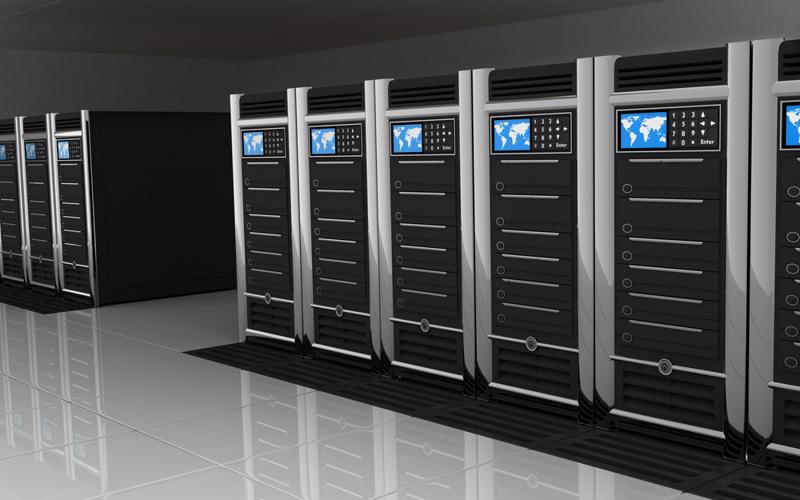Having trouble managing data volume? Try converged infrastructure
As a growing number of businesses across just about all industries adopt new tech trends like bring-your-own-device policies, big data analytics and the Internet of Things, the volume of information stored by such organizations is reaching increasingly high levels. The ability to collect and share data is more important than ever, but traditional information management systems have difficulties handling the rising workloads. In an attempt to manage the growing amounts of data, many companies have scaled their existing IT infrastructure by incorporating disparate systems on outdated technology. This creates overly complex IT environments and puts even more strain on storage setups and IT administrators.
So what are enterprises to do? The current business environment calls for faster and more agile access to critical data, and the systems being used now are complicated and detrimental to the health of a company. To gain the competitive advantages necessary to stay ahead of the game, many organizations are now deploying converged infrastructure.
 Growing volumes of data can be better managed with a converged infrastructure.
Growing volumes of data can be better managed with a converged infrastructure.Moving to a converged infrastructure
“The integrated infrastructure market increased by nearly 34% in 2014.”
Instead of buying one-off machines and separate CPU, storage and network components and having to configure them all, converged infrastructure allows IT administrators to access an preconfigured, integrated experience in a box. A growing number of enterprises are seeing the advantages to implementing converged infrastructure, according to research firm IDC. In the second quarter of 2014, the integrated infrastructure and platforms market increased by nearly 34 percent year-over-year and revenue for the first half of 2014 rose 36 percent.
Converged systems scale out performance and capacity by virtualizing computing and storage power across multiple nodes. Data protection and failover are managed between the nodes, and clients typically must start with a minimum of three to account for availability. Once the system has been implemented, users can add nodes on an individual basis in order to increase storage and computing resources.
There are a variety of benefits to converged infrastructure:
- Faster Provisioning: By employing a converged infrastructure model, a job that may have once required a provisioning time of three weeks can be cut down to less than an hour in some instances.
- Lowers costs: With convergence, fewer single-use components are needed, and fewer components will be used in the data center overall. This decrease means fewer components to manage, troubleshoot and operate, as well as a reduction in the physical footprint of the data center or other IT facility.
- Simpler management infrastructure: A converged infrastructure centralizes the management of servers, networks and storage, creating more streamlined daily maintenance. This requires less personnel and a lower knowledge base as opposed to traditional upkeep, freeing up skilled tech workers for more business-critical functions.
- Quicker IT response: Creates a more agile way to respond to changes in the marketplace or with business priorities.
- Reduced siloing of IT teams: Instead of managing storage and CPU separately, everything is done together. Fewer overall IT resources are needed with converged infrastructure and more knowledge and cross-training becomes available throughout the business.
- Improved control: Control is now centralized and management of multiple functions and devices can take place at one time.
- Scalability and flexibility: Allows the capacity of the entire data center or IT footprint to be quickly adjusted to meet client demands.
Converged infrastructure offers business considerable savings as opposed to traditional approaches. As the market continues to evolve, systems will become simplified and more third-party integrators will emerge to take over the task from in-house teams. This will lead to increased options and lower costs. Modern converged systems focus management on virtual machines, moving commodity computing resources and disks to the background. As the market continues to grow, more options will emerge that offer both options in combined nodes, enabling improved scalability. Sometimes referred to as hyperconvergence, this unites storage, computing a networking in a single unit around a hypervisor that takes care of all of the management duties.
With enterprise data volumes increasing all the time and as the need for reliable, agile and secure management solutions become more important, working with a third-party service provider to create a converged infrastructure solution is more often than not the best way for business to access competitive advantages.


 There are many different security concerns that must be addressed when choosing a data center.
There are many different security concerns that must be addressed when choosing a data center.